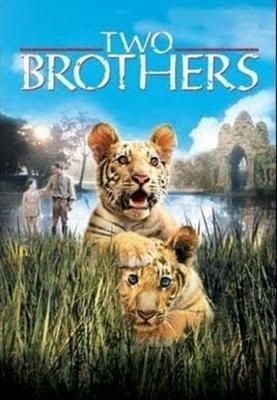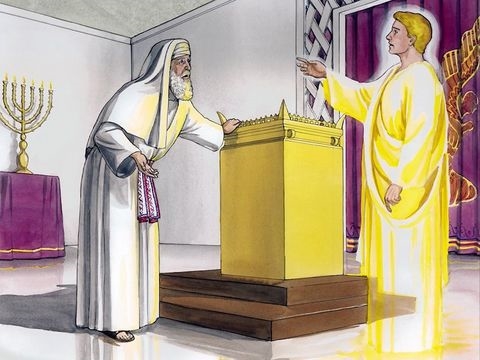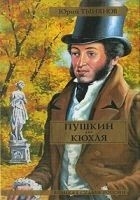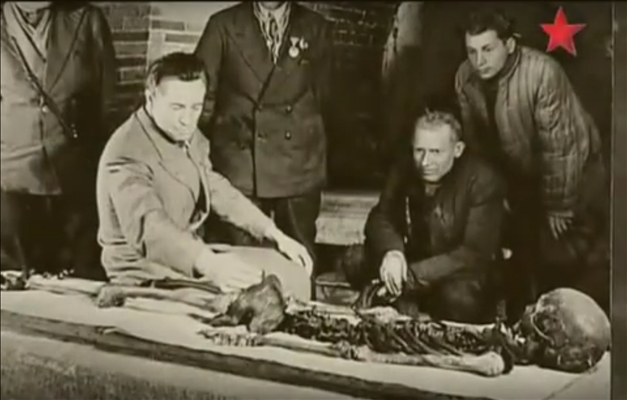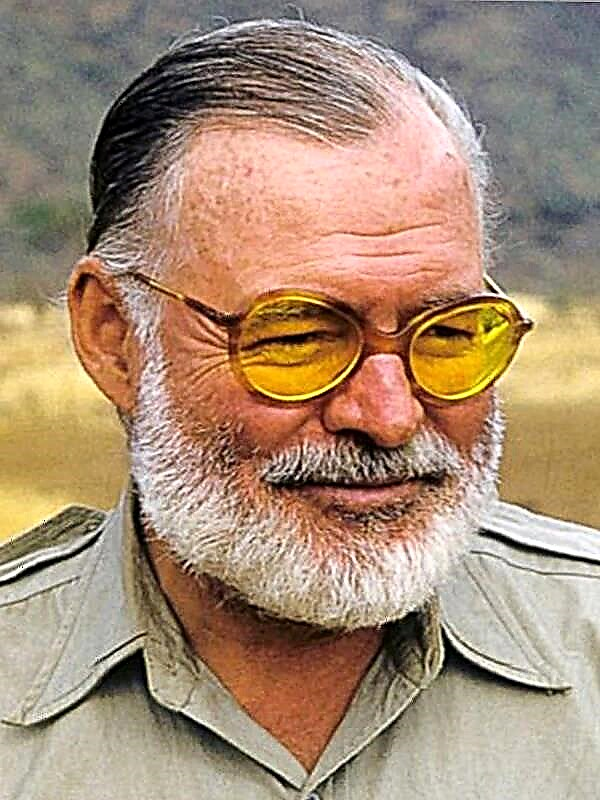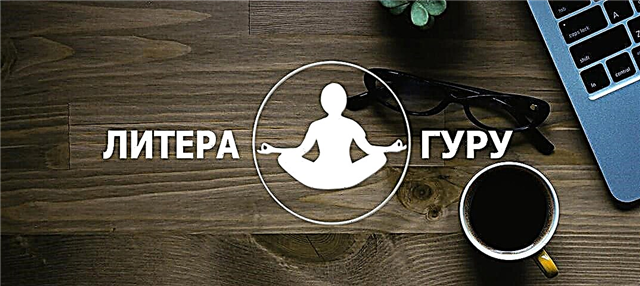Introduction
Books on the problem of making optimal decisions are often advised to trust intuition or rely on a thorough analysis of the pros and cons of each option. Why is it so difficult to make the right choice?
There are four enemies of decisions in our thinking. You need to know them, understand how they work and how to deal with them.
Four enemies of the right decisions.
- Narrow scope, limitation of options considered. Looking for alternative solutions. Expand your selection!
- Confirmation of bias (selection of information confirming the correctness of our choice). Collect more data, test your assumptions in real conditions.
- Instant emotions. We need a perspective - distance yourself before deciding!
- Presumption. We are too confident that we are right. Get ready for a possible mistake.
The purpose of the book is to study the four-stage process that will help make the right choice, change life for the better, become wiser and more determined. To succeed, you need constant practice, training, until the process becomes second nature. Its value is that it helps to see options that we could miss, and get unnoticed earlier, but important information.
Expand the selection box.
Avoid narrow frames
The first step is not to trust the yes or no approach. If you invest in a broader search, you’ll find more options than expected.
Try the reception with an alternative cost, asking yourself the question: “What else can be done for the same time and money?”
The extinction test is also effective. Think about what you can do if the alternatives disappear.
Multi tracking
Multitracking is the simultaneous consideration of several options (two or three are enough). So you get a more accurate idea of the task, you can use the features of all the original options, combining successful elements and omitting the bad ones. Remember: AND, NOT OR! This is especially important for business projects.
Comparing several options, a person feels more confident and makes decisions faster, since there is a backup plan. Options should combine elements of promotion and prevention, striving for victory and caution. This increases the chances of prosperity and emotional health, which is important both at the organization level and at the level of personal decisions. When one mood prevails, an alarm should be triggered.
If life suggests “choosing one or the other,” we should be brash enough to ask: maybe the answer is “both”? If we can make both moves, find options that minimize harm and maximize opportunities, then we are more likely to cover the entire spectrum of our choice.
Find someone who has already solved your problem
Perform an analysis of the good ideas of competitors, their best practices. Look for bright spots inside yourself - try to reproduce your own success, your positive experience.
Record your search results - they may come in handy in the future. Do not forget about the analogies, because you can use the world piggy bank of solutions, and not look for the answer yourself, which is unreasonable and quick to fail.
Test your assumptions in real conditions
Consider the opposite
We tend to favor information that confirms our opinion. This distorts the assessment and is harmful.
There are three ways to deal with bias.
- Make it easier for people to disagree with you, argue, not becoming an enemy, incite constructive disagreements in the team.
- Ask questions to help you find the opposite information.
- Test yourself by looking at opposing points of view.
Zoom out and zoom out
Psychologists distinguish the view of the situation "from the inside" and "outside." The view from the outside is more accurate, it is not the impression of one person, but a wide range of similar situations, a brief overview of real experience.
If you really need quality information and a real test of your ideas, use every piece of experience, engage your eyes from the outside, talk to an expert, and your life will become much easier.
But looking outside does not take into account the specifics of your situation. And we continue to trust the gaze from the inside - our impressions and assessments, and this often drives us into a trap.
When evaluating options, the best complement to the overall picture is often a close-up. It enhances intuition, reveals nuances, adds information for our decisions.
When we reduce the scale, we take the armament from the outside and learn from the experience of other people who have already made a choice in a similar situation. Both strategies are useful, both improve understanding. We must use both approaches.
A mixture of the overall picture and close-up was the strategy of F. Roosevelt, who is considered a master of information gathering. He asked a wide range of questions, noticed and analyzed everything.
Uching
Carrying out training means testing your results in real conditions before you begin to act. Uching provides more complete information to make the right choice. This idea has spread to different areas (design, business, etc.).
Uching allows you to confirm the idea and confidently start work, as it brings positive changes to the project, and its development is gradually improving. It is best suited for situations where we need to quickly collect reliable data.
People often do not want to bother with learning, considering it an unnecessary waste of time and being confident in their ability to predict the future. But the model of the new employee’s work will say more about him than the most favorable impression from the interview.
The biggest enemy of wise decisions is man himself. What to do with it?
Distance yourself before deciding
Overcome Instant Emotions
This is especially important when we are faced with difficult choices. Blinded by particulars, we doubt and suffer, changing our minds daily. Instant emotions are bad counselors. To combat them, there is a 10/10/10 strategy, following which we will consider our decisions in three time frames. How will we relate to them in 10 minutes? And in 10 months? And in 10 years?
10/10/10 helps to cope with nervousness and fear of a negative answer. What we feel now is intense and keen, and the future seems blurry. This gives the present too much power. Inviting you to present your emotions with the same intensity 10 months later, the method helps to consider instant emotions in perspective, showing that not only they are important in the discussion.
A more subtle form of instantaneous emotion is the principle of simple exposure: people prefer familiar things. We can think that we are making choices based on facts, but in fact we trust more in things that are familiar to us.
Another prejudice is an aversion to loss: the magnitude of negative emotions during loss exceeds the magnitude of positive emotions from an equal gain. When these two forces — the sensation of a stranger and the fear of loss — come together, we experience a powerful prejudice against losing the status quo.
So emotions can lead us to make the wrong choices. To prevent this from happening, you must distance yourself. Distance adds clarity; when we think of friends, we see a forest; when about yourself - we get stuck between the trees. Advice to others has one advantage - we advise you not to pay attention to instant emotions and strive to highlight important factors.Perhaps the most useful question for personal decisions: "What would I recommend to my best friend in this situation?"
All these techniques allow us to better see the general outlines of the situation and make a wiser and bolder choice.
Clarify basic priorities
Everyone once has the question: “What do I value more? What is the purpose of my work? ” The often painful decision process is a sign of a conflict of “basic priorities." For people, these are goals and aspirations, beliefs and values, for organizations - a system of directions that ensures the company's health for many years.
The most difficult decision is to make a choice between the two basic areas, to understand your preferences in life. “I work to have money for travel and favorite activities. But if I don’t have enough time to do this, money will not bring joy, ”- so we put our priorities in the basis of decisions, decisions become more consistent and less painful.
How to make decisions reflect our basic priorities? How to defeat less important tasks that threaten to distract from them? To devote more time to priority matters, we must reduce the time we spend on other things.
Ask yourself what you can refuse to make time for the classes you need? Create a list of what you should stop doing. It's not easy. You can also set a timer that rings once an hour, and at the time of the call ask yourself: "Am I doing the most necessary thing now?" This productive interruption reminds us of our priorities.
Get ready for a possible mistake
Extreme options for the future
When we think about extreme options, we stretch our senses to all available opportunities, and this range better reflects reality. We must be prepared to face any option between the two extremes that we have outlined. Do not give in to bright hopes. It’s like a “vaccination” - we do not just think about difficult situations, but think how to react when we find ourselves in them.
The most effective methods to cope with problems and find real possibilities are the dying analysis and pre-parade: “A year has passed since now. Our decision failed completely. Why?" or “A year has passed since now. We are heroes. Are we ready for success? ”
Another method of protection against the unknown: set a reasonable limit of error. After all, we are prone to excessive self-confidence and are not ready for unpleasant surprises. We must consider the future in the form of a spectrum, and not in the form of a point, move our spotlights from side to side and map the entire territory. So we can prepare for both bad (with the help of the death analysis) and good (with the help of a parade) situations. It’s easier for us to cope with obstacles when we are mentally prepared for them.
But even with the best planning, things may not go well. How do you know when it is time to review your choices? How not to miss the chance to reduce losses or maximize opportunities? For this we need "mine stretch marks."
Set mine stretch marks
We go with the flow of life on autopilot, in the wake of past decisions, forgetting that we can change direction. The goal of the “stretch marks” is to shake us out of an unconscious routine and make us understand that there is a choice and it is time to decide. The most familiar form of “stretching” is to set a deadline. Timing grabs us by the scruff of the neck: if you are going to do this, you must act now.
Another strategy, “separation,” is an effective way to think about whether to continue. For example, investors prefer to give out money in rounds, gradually, each time weighing, is the plan correct? "Mine stretching" ensures that we do not throw money or time into the wind.So they limit the risk, give confidence and create psychological comfort, as they allow you to stay on autopilot until the trigger works - a sense of danger or the possibility of success.
People need a reminder that the current trajectory of life should not be unchanged. “Stretch marks” provide a sudden priceless awareness: I have a choice!
Trust the process
Group decisions are more difficult to make. How to convince those whose ideas have rejected that the decision is fair?
The most direct and difficult way to make a fair decision is to involve as many people as possible and reach a common agreement. The discussion is held until a majority solution is found.
Listen to what others are saying! Use accurate information to decide, and give people the opportunity to challenge the data if they are incorrect. Avoid bias and personal interests, do not forget about self-criticism, explain why such a decision was made. At the same time, compromise and time are inevitable. Negotiations are a really slower way to make a decision, but they offer a serious advantage: they accelerate implementation.
Conclusion
When we make a choice, we cannot know whether it will be successful. Success depends on the quality of decisions made and on luck. We cannot control luck. But we can control how we make choices. The right process is an ally in any situation.
This book is designed to inspire you to use a better solution process. How to choose a job offer? How to deal with difficult relationships? How to make the best deal? All these decisions are made using the same process. It inspires confidence that comes from knowing that you have made the best decision possible.
Using the decision process does not mean that your choice will always be easy, but you can calm your mind, stop the cycle of torment. Trusting the process, you can safely take the risk (like climbers with insurance) and make a bolder choice.
Our decisions will never be perfect, but they can be better. Boldly. Wiser. The right process can lead us to the right choice. And the right choice at the right moment can mean a lot. Using the process described in such detail, people turn the odds in their favor, make the right decision and do not regret the choice made.


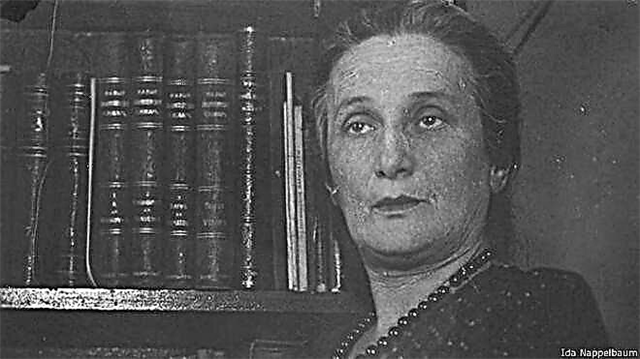

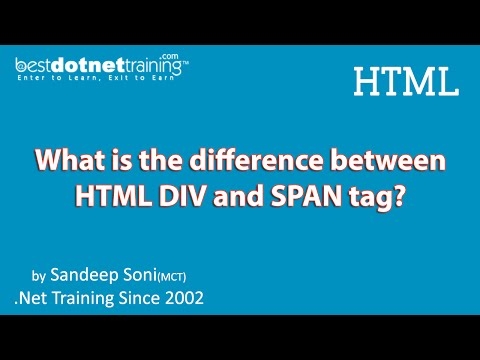 Ranger
Ranger